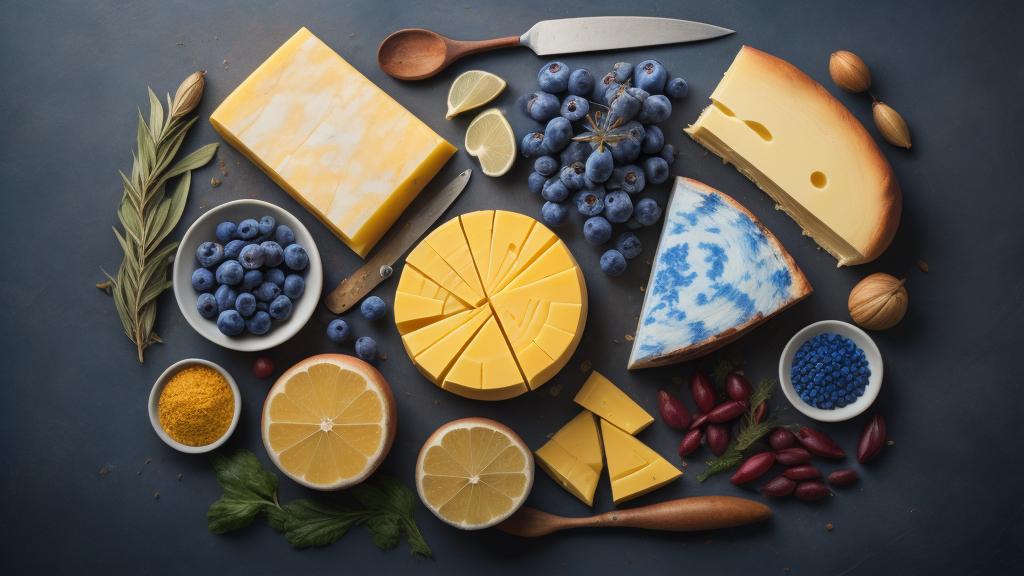When you think of blue food, what comes to mind? For many, the answer might be artificially colored candy or frosted cereals. But, contrary to popular belief, the natural world does have its share of blue foods. These vibrant delights are not just eye-catching but pack intriguing histories and potential health benefits.
Let's start with blueberries, perhaps the most well-known naturally blue food item. Originating from North America, they have been part of the continent's diet for hundreds of years. Indigenous tribes consumed blueberries in fresh, dried, and beverage forms long before European settlers arrived. Rich in antioxidants, they are credited with various health benefits, including improved brain function and reduced risk of heart disease.
Next up, the lesser-known blue corn. This heirloom variety of maize has a deep bluish-purple hue. Used in tortillas, chips, and other traditional dishes, blue corn is a staple in Southwestern United States and Mexican cuisines. Its pigment, anthocyanin, not only gives it color but also contributes to its nutritional value by providing anti-inflammatory properties.
Surprisingly, within the sea lies another source of blue nourishment: troll blue lobster. While it isn’t consumed like regular lobster, its existence is a marvel of nature. The blue coloration occurs due to a genetic anomaly, making these lobsters extraordinarily rare. Although they may be better suited for marine advocacy displays than dinner plates, these crustaceans remind us of the ocean's diverse palette.
Butterfly pea flower is another fascinating blue fun fact. Native to Southeast Asia, this flower's striking violet-blue petals are used to color beverages and desserts naturally. When added to food, it can change color with variations in pH, making it popular for mixology, particularly in visually dynamic teas and cocktails.
The term "blue" cheese might evoke thoughts of mold and tangy flavor rather than color. This cheese variety, streaked with bluish veins, got its name from the mold that develops during its production process. Originating in Europe, each type, whether Roquefort, Gorgonzola, or Stilton, has its own unique history and preparation method, adding a complex layer of tastes to many dishes.
Even though these foods don't form the core of everyday meals, their historical importance and unique qualities contribute significantly to the culinary world. Their bright blue hues have tantalized chefs and food enthusiasts alike, inspiring innovative dishes that honor both tradition and creativity.
In sum, naturally blue foods, though not as ubiquitous as their green or red counterparts, occupy a colorful niche in our kitchens and culture. Digging into their origins and benefits gives us a renewed appreciation for these culinary wonders.
Behind the colors: The unexpected world of naturally blue foods

